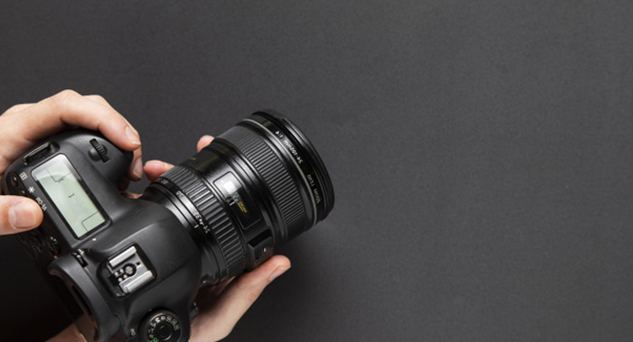
Things to know when buying a DSLR camera
If you’ve been waiting until the ‘right’ model came along to buy your first digital SLR camera, now could be a good time. The combination of price, performance and sensor size/resolution offered by most models is already ‘good enough’ to satisfy demanding photographers. Only marginal improvements are likely in the foreseeable future. However, when you’re forking out a thousand dollars (or more) of your hard-earned cash, you need to know that you’re getting a worthwhile bit of gear. Here are some of the key factors you should consider.
Sensor Size
As far as picture quality and exposure flexibility are concerned – and these are the main reasons people buy SLR cameras – the most important criteria are the size of the sensor and the size of each photosite on it. The larger the photosite’s surface area, the more light it can capture and the more information it can record. The more information that goes to the camera’s image processor, the greater the dynamic (tonal) range in the resulting image – and the better the picture quality.
The differences are most obvious in shots taken in bright, contrasty conditions and in dim lighting. In bright lighting, the small sensors of compact digicams cannot record details in the brightest and darkest areas. The resulting pictures have blocked-up shadows and blown-out highlights and, when no detail is recorded, there is no way to tweak the image to improve the situation.
Megapixel Resolution
Although most advertising material and much of the media hype focuses on the number of megapixels the camera supports, megapixel count is relatively unimportant when buying a digital SLR. In theory, the number of megapixels in an image file should dictate the size to which it can be printed at ‘photo’ quality. However, you can produce excellent A3-sized prints from a 5- or 6-megapixel DSLR camera – provided the original shot was correctly exposed and edited.
Furthermore, an 8-megapixel sensor has only 30% more photosites than a 6-megapixel sensor. At the correct viewing distance for A3 prints, this difference will be negligible. Few photo enthusiasts are likely to want prints bigger than A3+ size, which is well within the capabilities of all current models.
Brand Loyalty
Photographers who already own a film SLR plus a suite of interchangeable lenses will be lured towards digital cameras from the same manufacturer. It makes both logical and financial sense to buy a body that will accept the lenses you have. However, it’s not necessarily the best option for the following reasons:
- Most DSLR bodies change the effective focal length of a 35mm lens by a lens multiplier factor (LMF) of 1.5x to 2x. This means the 24mm lens that gave you a great wide-angle view will have the same angle of view as a 36mm lens on a 35mm camera. You gain a bit at the tele end; a 200mm lens becomes equivalent to a 300mm lens on a 1.5x LMF DSLR.
- The 35mm lens is designed for imaging onto film, which has a different structure from an image sensor. It may not produce such good image quality on the DSLR body.
- 35mm lenses are often heavier and bulkier than digital lenses.
- Olympus DSLR bodies cannot accept the lenses designed for Olympus film SLR cameras.
Lenses
Most entry-level DSLRs are sold with at least one medium-range zoom lens but an increasing number are being offered with two lenses. The additional lens is usually a tele zoom with a focal length range equivalent to about 70-200mm in 35mm format. Twin lens kits represent great value so don’t be put off by comments about “cheap optics”. While the optics are usually housed in plastic (to minimise weight), the main compromise is lens speed (maximum aperture) rather than actual performance. The plastic bodies may not be quite as tough as metal bodies, but they’re rugged enough for normal handling and a lot lighter to carry around and use.





A WordPress Commenter
3 years agoHi, this is a comment.
To get started with moderating, editing, and deleting comments, please visit the Comments screen in the dashboard.
Commenter avatars come from Gravatar.